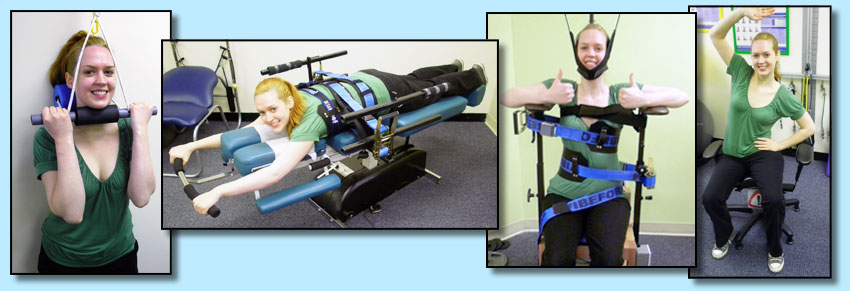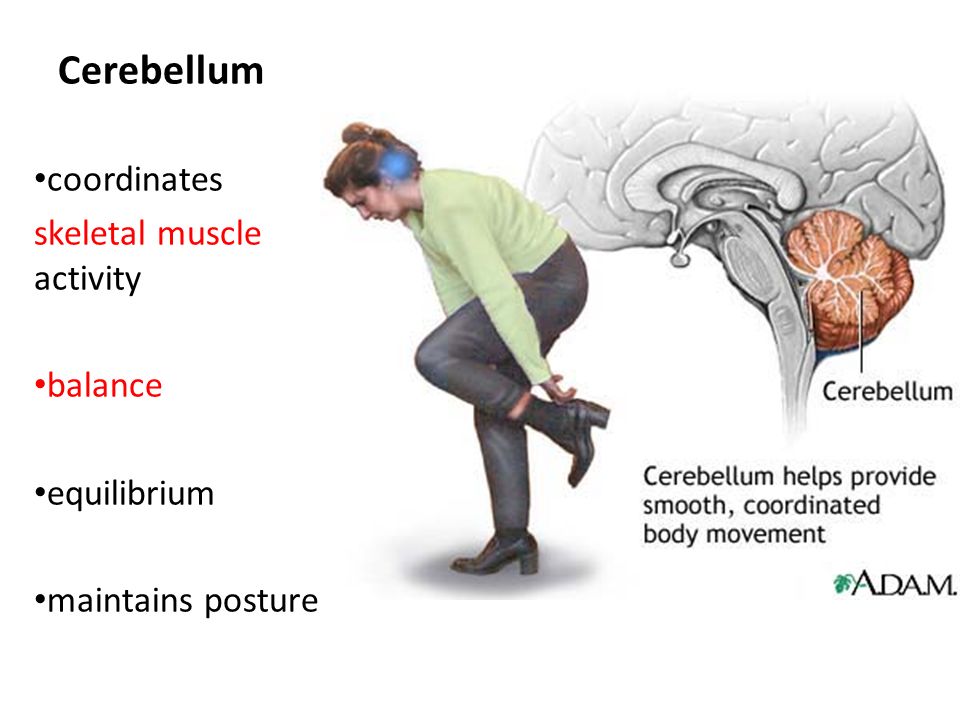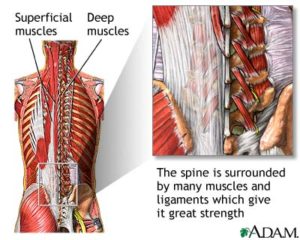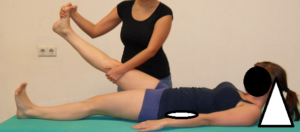Scoliosis exercises can be an effective way to stabilize and reduce scoliosis curves. In fact, substantial advances have been made in scoliosis exercise programs over the last 10 years, and they already have a long history of use in Europe. When designed and monitored by an expert, a custom-designed exercise program can effectively treat mild and moderate curves, enabling patients to reverse their curves without surgery. Larger curves in growing children require a brace to be used alongside the exercise program for maximum results.
This article will cover the various types of scoliosis exercise programs, their benefits and limitations, and how the Strauss Method for scoliosis treatment is unique.
Types of Scoliosis Exercise Programs
There are a variety of exercise programs in existence, each with a different philosophy and approach. However, all scoliosis exercise programs can be divided into two broad categories: those that are stabilizing and those that are corrective.
Stabilizing Exercise Programs
Stabilizing exercise programs aim to improve posture, reduce pain, and prevent the scoliosis from getting worse. These programs, however, do not reverse the scoliosis curve.
Examples of stabilizing exercise programs are (in alphabetical order):
- BSPTS (The Barcelona Scoliosis Physical Therapy School) – An offshoot of the work of Schroth. Treatment is based on patient education, psychological support, and is often used with bracing and when necessary with surgery. It was developed in the 1960’s by Elena Salva in Spain.
- CBP (Chiropractic Bio Physics): A system of exercise, traction and spinal manipulation based on the principle of mirror imaging spinal distortions. This system was started in California by Dr Don Harrison in 1980.
- Dobomed: This approach was developed in Poland by Dr Dobosiewicz in 1979. It is an offshoot of Klapp and Schroth. The main technique involves active three-dimensional self-correction of the spine and ribcage, with emphasis on the “kyphotization” or forward bending of the thoracic spine.
- FITS (Functional Individual Therapy of Scoliosis): A system that includes postural awareness, myofascial release, gait training, muscle strengthening, side shift, and breathing exercises.
- Methode Lyonaise: Started in France in 2004 by Marianna Białek PT, PhD, and Andrzej M’hango PT, MSc, DO. It is based on the 1947 work of Dr. Gabriel Pravaz and originally was used as part of a bracing protocol. The Lyon school of physiotherapy for scoliosis uses scoliosis specific exercises, spinal mobilization, and training the patient how to sit in a corrected posture. This method has not received wide acceptance outside France.
- Pilates: Pilates is a body conditioning routine that helps build flexibility and strength in the legs, abdominals, arms, hips, and back. It puts emphasis on spinal and pelvic alignment, breathing to relieve stress and allow adequate oxygen flow to muscles, developing a strong core, and improving coordination and balance. There are books and centers dedicated to “Pilates for Scoliosis” or “Scoliosis Pilates.” However, there is no research proving the effectiveness of these programs. Pilates can be added to a scoliosis treatment program, but it is not a complete approach to conservative exercise based scoliosis care. It is important to discuss your use of Pilates with the doctor treating your scoliosis first, as some moves may make your curve increase in size.
- SEAS (Scientific Exercises Approach to Scoliosis): Also known as ‘active self-correction,’ SEAS is a trained exercise approach to stabilize scoliosis. This method is frequently used in conjunction with the CLEAR Method to stabilize the correction achieved during the CLEAR treatment. The patient is individually trained in front of a mirror on how to unbend and de-rotate their scoliosis. This training further involves specific challenges to the patient. Performing the active self correction during a difficult bend, push, pull, etc, enhances the effectiveness of the method.
- Side Shift: Developed by Dr. Min Mehta in 1984. This system comes from England and is built upon the theory that a flexible curve can be stabilized with lateral movements. Breathing exercises are included to expand the chest cavity. This method has not received wide acceptance outside the UK.
- Vojta: Developed by Prof Vojta in Germany. This method consists of stimulating specific points on the body to create “reflex-like” movements that lead to something like “freeing a switch” or “new networking” within functionally blocked networks of nerves between the patient’s brain and spinal cord. This method has not received wide acceptance. Very few centers offer this approach.
- Yoga for Scoliosis: A scoliosis specific yoga based on the work of Iyengar. It has been developed by Elise Browning Miller from California and started in 1976. Sometimes called “Furniture Yoga,” yoga for scoliosis uses aids like pillows, bolsters, chairs and blankets to produce a customized yoga program to stabilize the spine.
Corrective Exercise Programs
Corrective scoliosis exercise programs aim to stabilize and reverse the scoliosis curve. They not only improve posture, reduce pain, and prevent the curve from getting worse, but also also reduce the size of the curve.
Examples of corrective exercise programs are:
- CLEAR Method: One of the most prominent exercise-based methods, CLEAR is based on three steps: 1) Mix – “unlocking” the curvature from the original position, 2) Fix – encouraging the scoliotic spine back to a more normal position using corrective exercises, and 3) Set – locking in the modified, straighter spinal position by retraining the brain’s postural control center to hold the new spinal position.
- Schroth Method: Another well known system, Schroth uses isometric and breathing exercises to reshape the rib cage and de-rotate the spine. Its goals are to halt progression of abnormal spinal curvature, and in the best cases to reverse the curves. Research has shown the theoretical effectiveness of Schroth, but unfortunately other studies have shown difficulty in applying the complex maneuvers of Schroth in the home. Most patients were not able or not willing to complete the required exercises at home. Patient compliance is the greatest predictor of success with all exercise based approaches to scoliosis care. If there is poor compliance due to the complexity of the program, success is reduced.
The Strauss Method For Scoliosis Exercises
Scoliosis exercises REQUIRE a complete treatment program!
Exercises alone are NOT enough!
The best scoliosis exercise-programs take a combined approach, utilizing elements from multiple techniques. Strauss Scoliosis Correction uses elements from CLEAR, Schroth, SEAS, and Yoga for Scoliosis. Doing so provides us with more “tools in the toolbox,” enabling us to customize each program to the patient’s unique needs, and thereby deliver the best results.
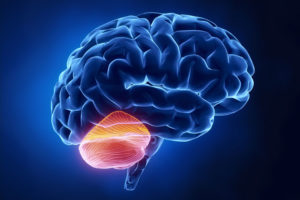
The muscles responsible for posture are mainly controlled subconsciously. While you can purposefully stand straighter temporarily, you will revert back to the original distorted position as soon as your attention shifts to something else. Since postural muscles are “automatic” and not normally controlled by voluntary movement, they are not affected by the traditional exercises one might perform while participating in sports, at the gym, or during an exercise class.
Our Scoliosis Specific Exercises programs are built from 4 components:
- Targeted stretching reduces tension on the spinal cord and mobilized the stiff areas of the scoliosis.
- Isometric and Isotonic (modified yoga) exercises. These modified yoga exercises improve mobility, derotate the spine and strengthen the core.
- Active self correction specifically targets the muscles around the scoliosis to stabilize the scoliosis and are performed as part of everyday activities like standing and sitting.
- Neuromuscular re-education trains the postural mechanisms to improve the scoliosis in a subconscious way.
1. Targeted Stretching
During the examination process, areas of rigidity are identified. These areas are the focus of the targeted stretching. Shortened neural tissues can also be specifically targeted for stretching allowing the spine to lift and lengthen. Targeted stretching is used in combination with other therapies and is not a stand alone methodology.
2. Isometric and Isotonic Exercises
These exercises are designed to elongate the spine, and strengthen supportive musculature. This acts to stabilize the scoliosis curve, improve posture and reduce pain. These exercises are also used to de-rotate the spine to assist with corrective techniques. Isotonic and isometric exercises are effectively modified and targeted yoga exercises, and draw heavily from yoga for scoliosis techniques.
Here is a video of some scoliosis isometric exercises and stretching exercise:
3. Active Self-Correction
During active self-correction, a person to holds themselves in a corrected posture during everyday activities. For example, a person who naturally tilts to the left due to their scoliosis would be taught to lift themselves up and to the right while sitting. Active self-correction strengthens the counter balanced muscles, which stabilizes the curve, improves posture and reduces pain.
The effects of active self-correct is very similar to that of isometric/isotonic exercises. The immediate effects of isometric/isotonic exercises are stronger but they can only be done for short periods of time. Active-self correction, on the other hand, can be done for longer periods as part of everyday activities.
4. Neuromuscular Re-education
As mentioned, our bodies are programmed to align their center of mass with gravity in a particular way. In cases of scoliosis, this programming is incorrect, which causes the body’s posture is to be held incorrectly.
At Strauss Scoliosis Correction, exercises are performed along with three-dimensional corrective exercises called “neuromuscular re-education exercises.” Neuromuscular re-education uses three-dimensional weighting applied to the head, shoulder, torso and/or hips to causes the brain to adjust the spine and posture. For example, in a case of a lumbar scoliosis, a weight is applied to the lumbar spine in a way that causes the curve to reduce as a reaction to the weighting.
The weighting is done while the patient stands on an unstable disc. The combination of correct weight, correct positioning, and correct balancing results in a rapid reduction of the curve size AND encourages the body to see the newly adapted posture as the new normal posture.
This stage is essential to the corrective nature of our scoliosis programs.
This four-part technique has proven highly effective in treating scoliosis naturally. To learn more about how the Strauss Method could help you or your loved one contact us or read some of our patient testimonials.
Scoliosis Exercise FAQ
Can scoliosis exercises still help me if I’ve had scoliosis surgery?
Patients who have undergone scoliosis surgery may wish to pursue an exercise-based scoliosis treatment specifically directed at the areas of the spine that have not been fused. These patients should not expect any degree of correction in the fused part of their spine. Rather, they can expect symptomatic relief (pain relief ) and functional improvement (posture and activities of daily living).
Can I still play sports or go to the gym if I have scoliosis?
While scoliosis patients can still participate in other forms of exercise, such as swimming, running, Pilates, or yoga, it is important that these other forms of exercise not be used as scoliosis treatment alone. Care must be taken to insure that these activities do not inhibit treatment or exacerbate the existing curvature. For example, in patient with an S-Curve, exercises may improve one of the curves while inadvertently making the other curve worse.
That is why it is important to discuss all forms of exercise and stretching with a scoliosis specialist. Scoliosis exercises must be individually designed for each scoliosis patient as each patient will have a unique distortion of the spine, balance ability, and level of restricted movement. Furthermore, because of changes that can occur with age, there are different exercises that are appropriate for children versus adults.
General exercise and fitness are important for good health and wellness. If there is an exercise or sport you enjoy, you may continue to do so provided you have the correct expert guidance. For information about participating in organized sports, read our guidelines about sports and scoliosis.
When is the best time to start Scoliosis Exercises?
It is essential to begin scoliosis specific exercises as soon as possible. Introducing scoliosis exercises early can help you or your child halt progression and prevent the need for bracing and surgery.
When curves approach 30 degrees or more, increased rotation and twisting begins in the spine. This makes the spine curve more and increases the chances of visible deformity. If left untreated, the scoliosis curve can surpass 45 degrees, which is when orthopedists begin recommending surgery.
Contact us today for more information on exercises that stop and correct curve progression.
+1 (845) 624-0010
